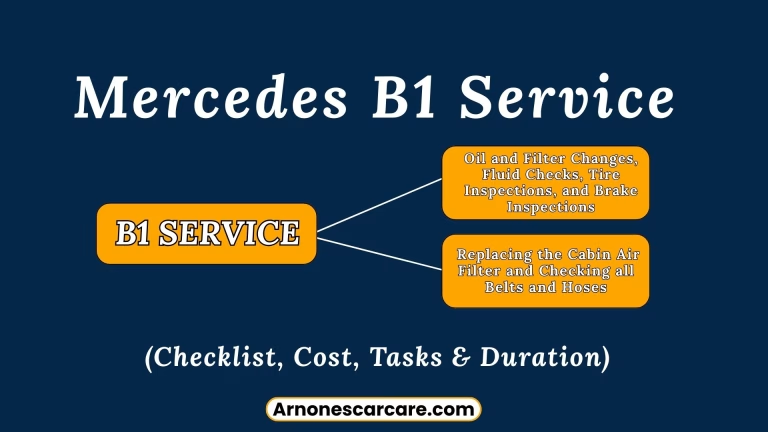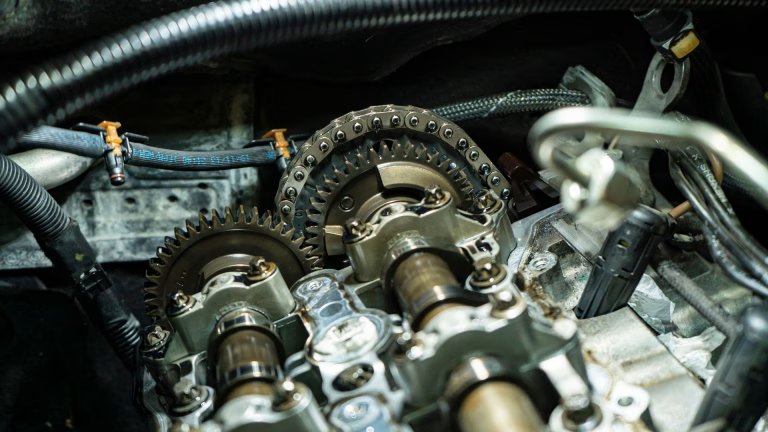
A “Nissan Qashqai System Fault” warning signals issues with key systems such as the battery, brake pedal sensor, or ECU. These faults commonly arise from battery deterioration, sensor malfunctions, or wiring problems, as highlighted by dashboard alerts.
Understanding the warning lights, like the stop/start system fault or ABS warning, helps diagnose the root cause. Solutions range from replacing sensors and batteries to addressing wiring damage.
By using tools like an OBD-II scanner for error codes and performing regular maintenance, you can solve many of these problems efficiently. Learn how to diagnose and fix these faults step-by-step.
Common Vehicle System Warning Messages and Their Meanings
Modern vehicles are equipped with advanced safety and diagnostic systems designed to keep you informed about your car’s condition. When something goes wrong, warning messages and symbols appear on the dashboard to alert you. Understanding what these messages mean can help you address issues promptly and avoid costly repairs or safety risks.
Below are some of the most common system fault messages and what they typically indicate:
- Master Warning (Yellow Triangle with Exclamation Mark): This symbol usually means that one or more vehicle alert systems are not working properly. It’s a general warning that should not be ignored.
- Engine Warning Light (Orange Indicator): Often referred to as the check engine light, this signal points to a possible issue within the engine control system or a misfire occurring in the engine.
- System Fault (Shown on Certain Dashboards): This alert may appear when there’s a malfunction in systems like the Rear Cross Traffic Alert (RCTA) or Intelligent Emergency Braking (IEB).
- Rear Cross Traffic Alert (RCTA) Warning: If this message pops up, it means the RCTA system isn’t functioning correctly. This could be due to a faulty sensor or an internal system problem.
- Intelligent Emergency Braking (IEB) Warning: This alert indicates that the IEB system has a fault, possibly caused by a sensor issue or a malfunction in the braking assistance components.
- ABS (Anti-lock Braking System) Warning: A fault in the ABS system can impact braking efficiency and vehicle safety. If this light comes on, it means the ABS isn’t operating as intended. For more precision, take references from different service types, like Honda B123 Service or Mercedes B9 Service, which might explore maintenance insights.
How to Diagnose a Nissan Qashqai System Fault?
To begin diagnosing a system fault in your Nissan Qashqai, start by checking the dashboard for any warning lights, particularly the one indicating a Stop/Start System Fault. Using an OBD-II scanner is a useful next step. This tool will help you identify the error codes, pointing out which part of the system is at fault, such as the battery, brake pedal sensor, or the ECU.
After that, carry out a visual inspection of components like the battery terminals and wiring. Look for any loose connections or visible damage. If you notice dim lights or a burning smell coming from the wires, it could indicate an issue with the wiring or battery. You may even uncover insights by comparing diagnostics and maintenance tips from Honda A13 Service or troubleshooting systems related to fuel injection system.
How Much Does It Cost to Fix a Nissan Qashqai System Fault?
The cost to repair a “System Fault” on a Nissan Qashqai can vary depending on the underlying issue. Typically, you can expect to pay between £100 and £300 for diagnosis and repairs. However, if the fault involves more complex issues, such as a faulty sensor or problems with the Stop/Start system, the repair costs could be higher. For example, costs detailed in Honda A14 Service Cost Checklist might help you estimate variables in service expenses.
Key Causes and Solutions for Stop/Start System Fault in Nissan Qashqai
Below are the common causes of the stop/start system fault, along with their symptoms, diagnosis, and possible solutions to help you identify and resolve the issue effectively.
| Cause | Symptoms | Diagnosis | Solutions |
| Battery Issues | Difficulty starting the engineDim headlightsMalfunctioning electronic components | Voltage Test: Check the voltage with a voltmeter.Inspect Terminals: Look for dirt or loose connections.Load Test: Check battery voltage under load. | Battery Replacement: Replace the old or weak battery.Terminal Cleaning: Clean corrosion using baking soda and water.Battery Charging: Charge the battery if it’s in good condition. |
| Faulty Brake Pedal Sensor | Stop/start system inactivityError codes indicating brake pedal issues | Manual Inspection: Check for physical damage or disconnections.OBD-II Scanner: Look for error codes related to the brake pedal sensor. | Sensor Replacement: Replace a malfunctioning sensor.Sensor Adjustment: Adjust or reconnect the sensor if needed. |
| Engine Control Unit (ECU) Issues | Unusual engine behavior like stalling or misfiringElectrical system inconsistencies | Mechanical Inspection: Look for wear or water damage in the ECU.Software Update: Check for outdated software. | Component Repair or Replacement: Repair or replace faulty ECU parts.Reflash ECU: Update the ECU software if outdated. |
| Wiring Problems | Burning smell from overheated wiresUnresponsive system behavior | Visual Inspection: Look for damaged or burnt wiring.Connector Check: Ensure connectors are secure and not corroded. | Wire Repair or Replacement: Fix or replace damaged wires.Secure Connections: Tighten or replace corroded connectors. |
This table provides an overview of the most common issues and guides you through their identification and solutions. For more, explore service insights, such as Honda B13 Service Checklist or Mercedes A5 Service.
How to Fix a Nissan Qashqai System Fault? Exhaust Pressure Sensor Replacement
If you’re facing a system fault warning in your Nissan Qashqai, particularly one related to the exhaust pressure sensor, here’s a step-by-step guide on how to fix it.
Step 1: Confirm the Fault
Start by using a basic fault reader to check for any errors. If the fault is related to the exhaust pressure sensor, it will likely display an error message like “Exhaust Pressure Circuit A.” Accurate diagnosis is crucial; understanding factors like poor fuel quality can help identify other potential issues affecting your sensor.
Step 2: Remove the Insulation Cover
To access the sensor, begin by removing the insulation cover, which should simply pull off without any bolts or screws. Once removed, you’ll see the exhaust pressure sensor located in the center.
Step 3: Unclip the Pressure Sensor
The sensor can be unclipped by carefully pulling it out. Inspect the sensor for any signs of damage or wear. It’s normal to find soot or burnt material on the sensor after extensive use.
Step 4: Replace the Sensor
If you find that the sensor is damaged, the best option is to replace it. This should solve the issue in many cases. However, if the fault persists, the next step may involve cleaning the associated tube. If you’re hearing unusual sounds, it might also be worth exploring engine knocking sounds.
Step 5: Clean the Pressure Tube (Optional)
In some instances, the issue may stem from a clogged pressure differential tube. A mechanic’s tip is to use a thick brake wire to try to clear the tube. However, keep in mind that this only works for the first 10 centimeters of the tube due to its curves.
Step 6: Replace the Pressure Differential Tube (If Needed)
If cleaning doesn’t resolve the issue, you may need to replace the pressure differential tube itself. This is a tricky job as it requires removing a nut located in the exhaust area, which can be hard to reach.
Step 7: Removing the Nut
To remove the nut holding the pressure differential tube, you will need a special open-ended socket. If you don’t have one, consider using an extension bar to gain leverage. However, be cautious as over-tightening or incorrect tools may round off the nut, making it difficult to remove.
Step 8: Take It to the Garage (If Necessary)
If you encounter difficulty removing the nut or fear damaging your engine, taking the car to a garage is a good option. The garage can cut the pressure differential tube and install a normal socket to replace the old tube safely.
Step 9: Reset the Codes
After replacing the sensor or tube, reset the system codes. This should clear the warning message. However, if the problem persists after a short drive, it may indicate that the sensor or tube needs further attention.
Preventative Maintenance to Avoid System Faults
To minimize the occurrence of system faults in your Nissan Qashqai:
- Follow the manufacturer’s recommended maintenance schedule
- Keep the battery in good condition and replace it every 3-5 years
- Use quality fuel and maintain proper fluid levels
- Regularly clean external sensors and cameras
- Address minor issues before they escalate
Additionally, taking care of vital components, such as the role of the alternator, keeps the electrical systems and sensors functioning correctly.
When to Consult Nissan Qashqai System Fault Mechanics?
While some system faults can be addressed through basic troubleshooting, others require professional attention. Consider consulting Nissan Qashqai system fault mechanics when:
- Fault messages persist after reset attempts
- Multiple systems show faults simultaneously
- Vehicle performance is noticeably affected
- Safety systems like airbags or brakes display faults
Professional mechanics have access to specialized Nissan diagnostic equipment that can pinpoint issues more accurately than generic OBD scanners.
FAQs
Q. What causes the Nissan Qashqai System Fault?
The system fault could be due to issues with the battery, brake pedal sensor, engine control unit (ECU), or wiring problems. It’s important to diagnose the issue using an OBD-II scanner or consult a mechanic.
Q. How can I fix the Stop/Start System Fault in my Nissan Qashqai?
To fix this, start by checking the battery, brake system, and engine temperature. If issues persist, use a diagnostic tool to scan for error codes, and consider visiting a professional mechanic if needed.
Q. What is the significance of the Stop/Start System malfunction?
The Stop/Start System helps save fuel by turning off the engine when the car is idling. A malfunction could prevent the system from functioning, leading to issues with engine startup or stop functions.
Q. When should I consult a mechanic for a Nissan Qashqai System Fault?
If the warning lights stay on, there’s unusual engine behavior, or the issue doesn’t resolve with basic troubleshooting, it’s time to consult a qualified mechanic for professional diagnosis and repair.






